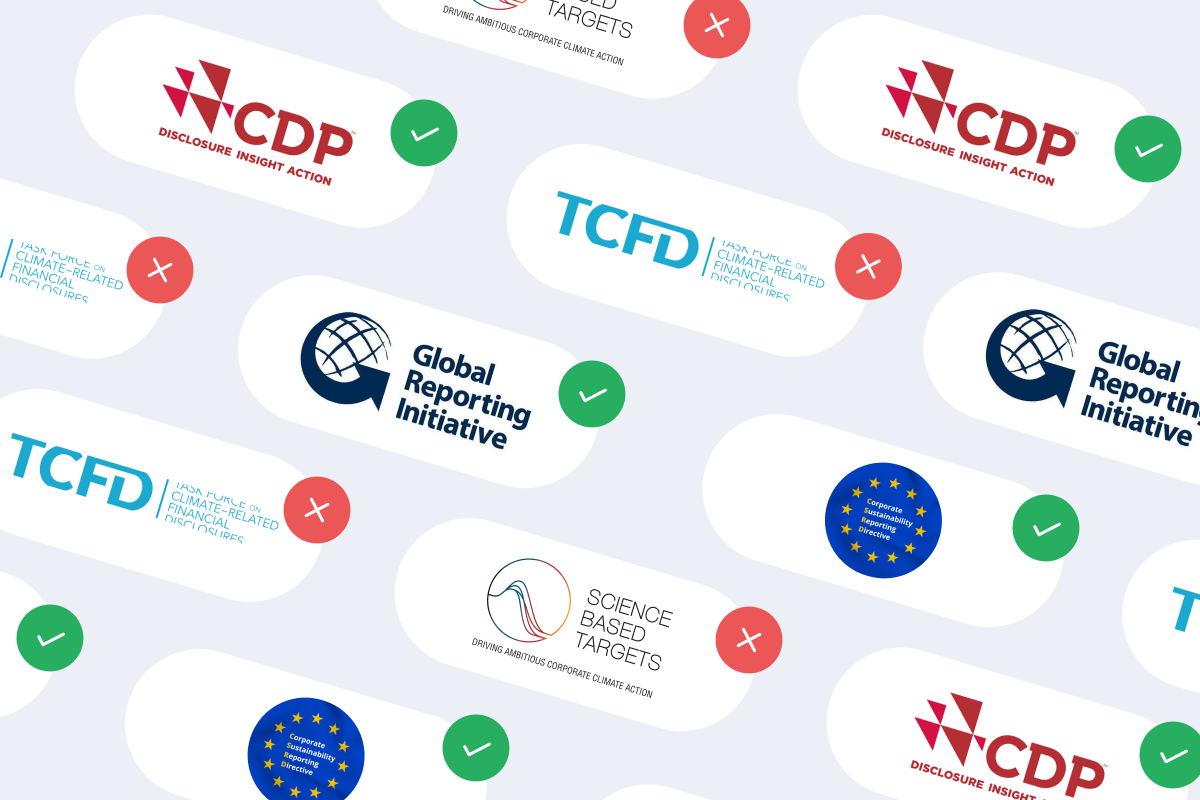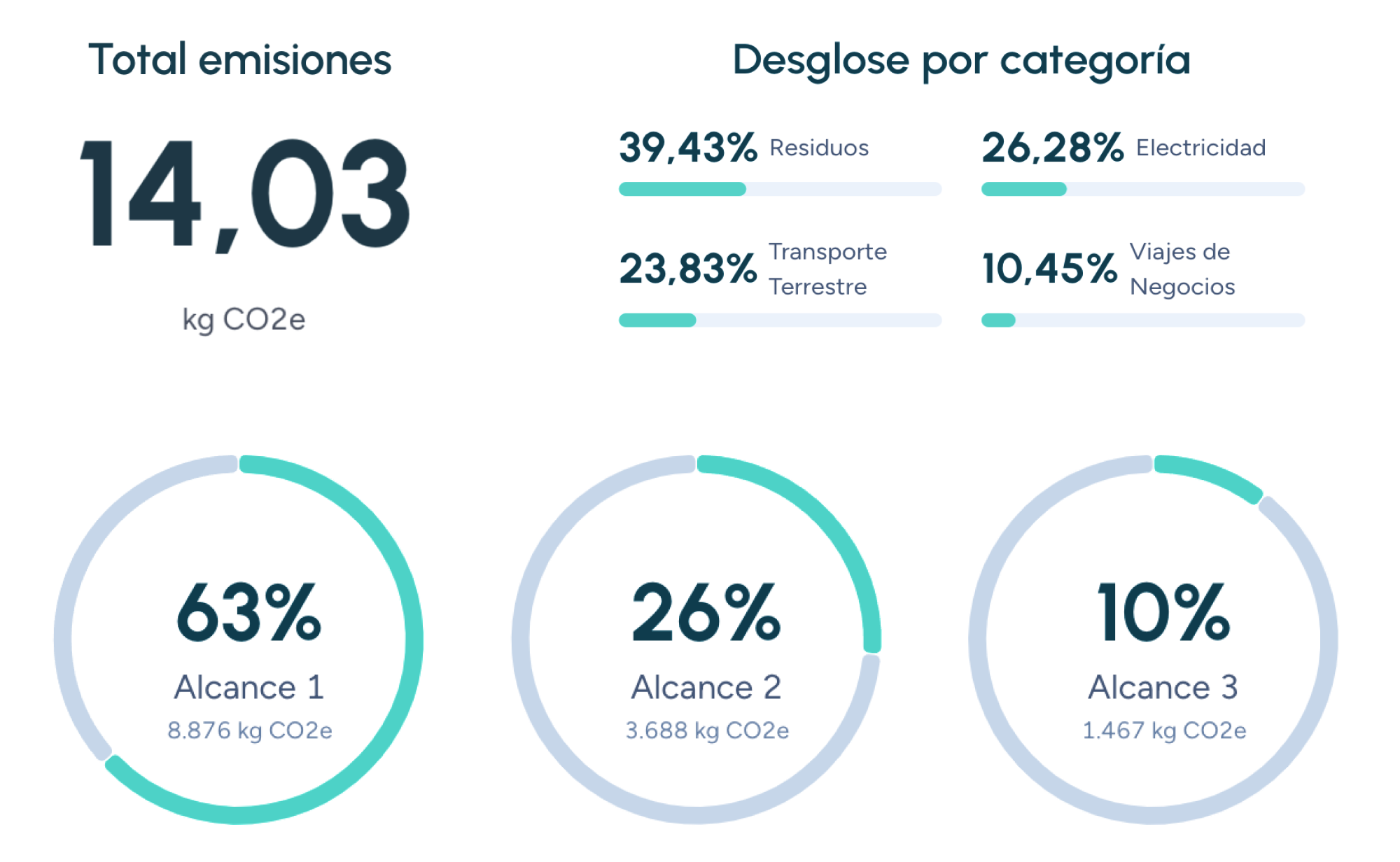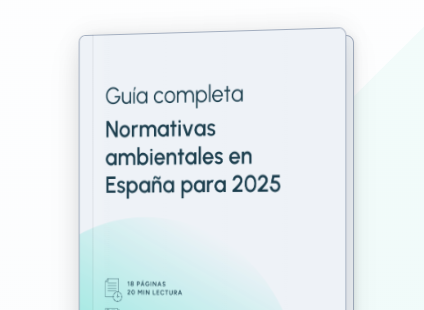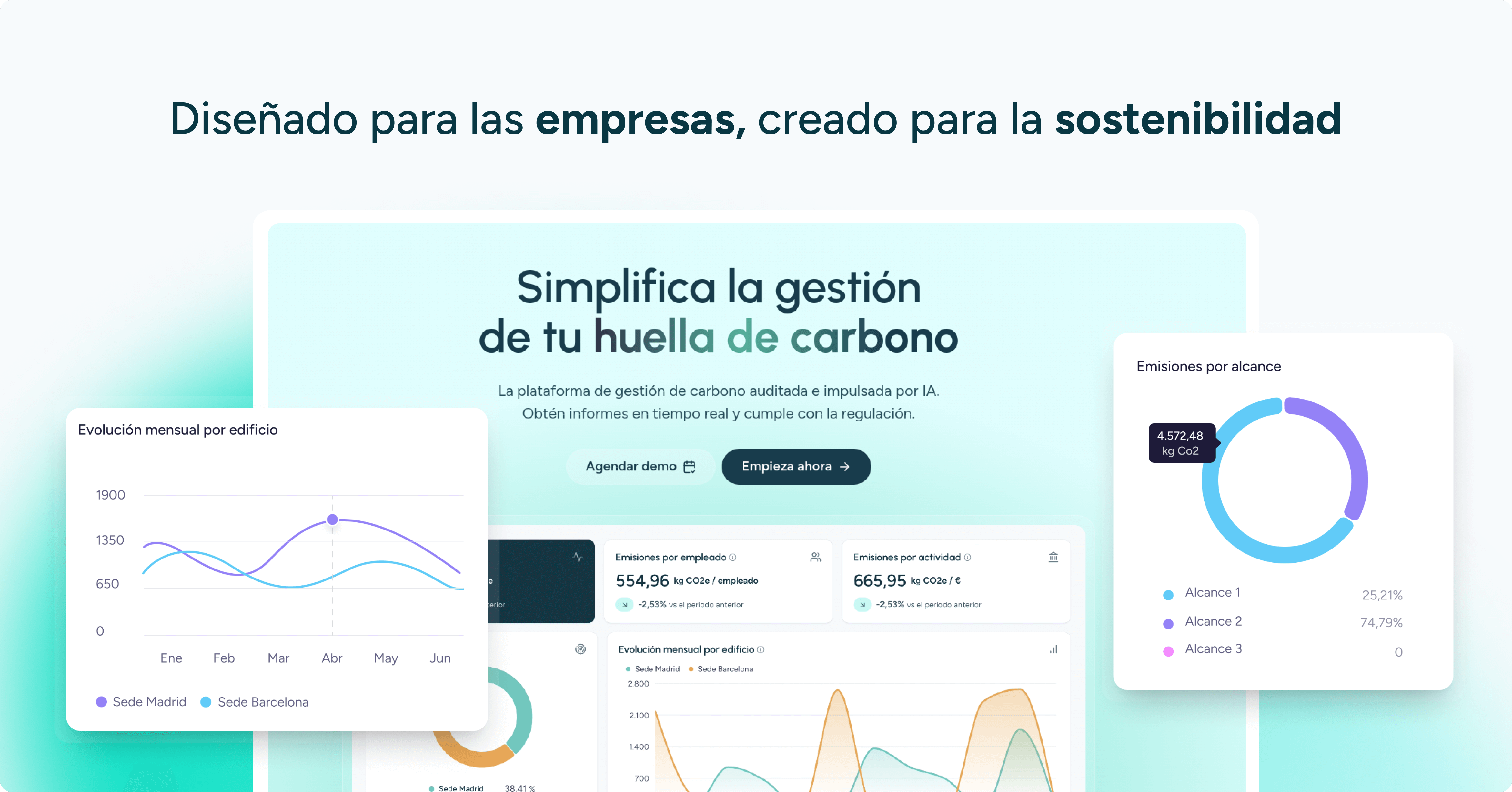Water scarcity assessment
Water scarcity assessment is a comprehensive process that analyses the availability of water resources in a given territory relative to the demand exerted by different sectors (agricultural, industrial, urban, and environmental). This analysis is crucial for identifying water-stress situations, planning sustainable management policies, and anticipating risks derived from climate change, demographic growth, and economic intensification.
Today, international organisations such as the FAO, the World Resources Institute (WRI), and the European Environment Agency apply water scarcity assessment methodologies to inform decision-making at global, national, and local levels.
Definition
Water scarcity assessment comprises the methodologies, indicators, and analytical tools used to measure the extent to which water demand exceeds—or threatens to exceed—availability in a specific area.
It is not a simple mathematical calculation; rather, it integrates environmental, social, economic, and climatic factors.
Objectives of the assessment
– Diagnose the current situation of water availability and use.
– Identify future risks under different climate and development scenarios.
– Define management priorities for productive sectors and ecosystems.
– Guide public policy for water-resource planning.
– Provide tools for companies to assess risks across their supply chains.
Methodologies
- Indicator-based approaches
– Falkenmark Index: litres of water per person per year.
– Water Stress Index (WSI): demand-to-availability ratio.
– Scarcity coefficient: proportion between consumption and available resources. - Hydrological models
– Simulation of river flows and aquifer recharge.
– Projections under climate scenarios. - Integrated assessments
– Incorporate socio-economic variables, water quality, and ecological needs.
– Example: WRI Aqueduct Water Risk Atlas.
Key variables analysed
– Natural water availability: annual renewable resources.
– Sectoral demand: agricultural, industrial, urban, environmental.
– Water quality: pollution, salinisation.
– Efficiency of use: losses in distribution networks and irrigation systems.
– Temporal variability: seasonal and multi-year droughts.
– Climate change: reduced precipitation, rising temperatures.
Regulation and reference frameworks
– EU Water Framework Directive (2000/60/EC): requires Member States to assess and report water-body status.
– Regulation (EU) 2021/2115: integrates sustainable water management into the Common Agricultural Policy.
– River Basin Management Plans (Spain): include periodic scarcity assessments.
– UN SDG 6: ensure water and sanitation for all.
Benefits of assessment
- Environmental: ensures maintenance of ecological flows.
- Economic: enables investment planning and avoids losses due to water shortages.
- Social: reduces conflicts between sectors and territories.
- Business: provides security in water-dependent supply chains.
Current challenges
– Availability of reliable data, especially for aquifers.
– Spatial scales: differences between basins, regions, and countries.
– Integration of water quality, not only quantity.
– Incorporation of corporate water footprint into local assessments.
Relation to the circular economy
Water scarcity assessment drives circularity measures such as:
– Reuse of wastewater.
– Recirculation technologies in industry.
– More water-efficient agriculture.
Conclusion
Water scarcity assessment is a strategic tool for anticipating risks and managing one of the most critical resources: water.
Worldwide, its application is essential to address recurring droughts, ensure food and energy security, and guide both public policy and business strategies toward more resilient models. Ultimately, assessing water scarcity is not just a technical task: it is an imperative for sustainability and climate adaptation in the 21st century.
Companies that already trust manglai





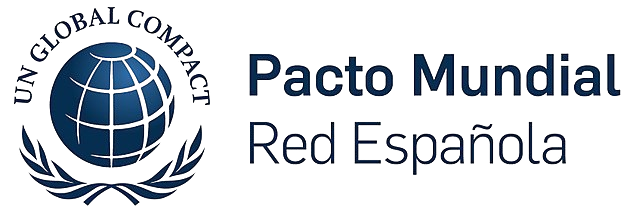








2030 Agenda
The 2030 Agenda is the action plan adopted by all 193 Member States of the United Nations in September 2015.
Blue economy
The blue economy promotes the sustainable use of marine resources to drive economic development, protect the environment, and foster social well-being, addressing challenges such as climate change and marine pollution.
COP (Conference of the Parties)
The COP (Conference of the Parties) is the supreme decision-making body established under the United Nations Framework Convention on Climate Change (UNFCCC).
Guiding businesses towards net-zero emissions through AI-driven solutions.
© 2025 Manglai. All rights reserved
Política de Privacidad